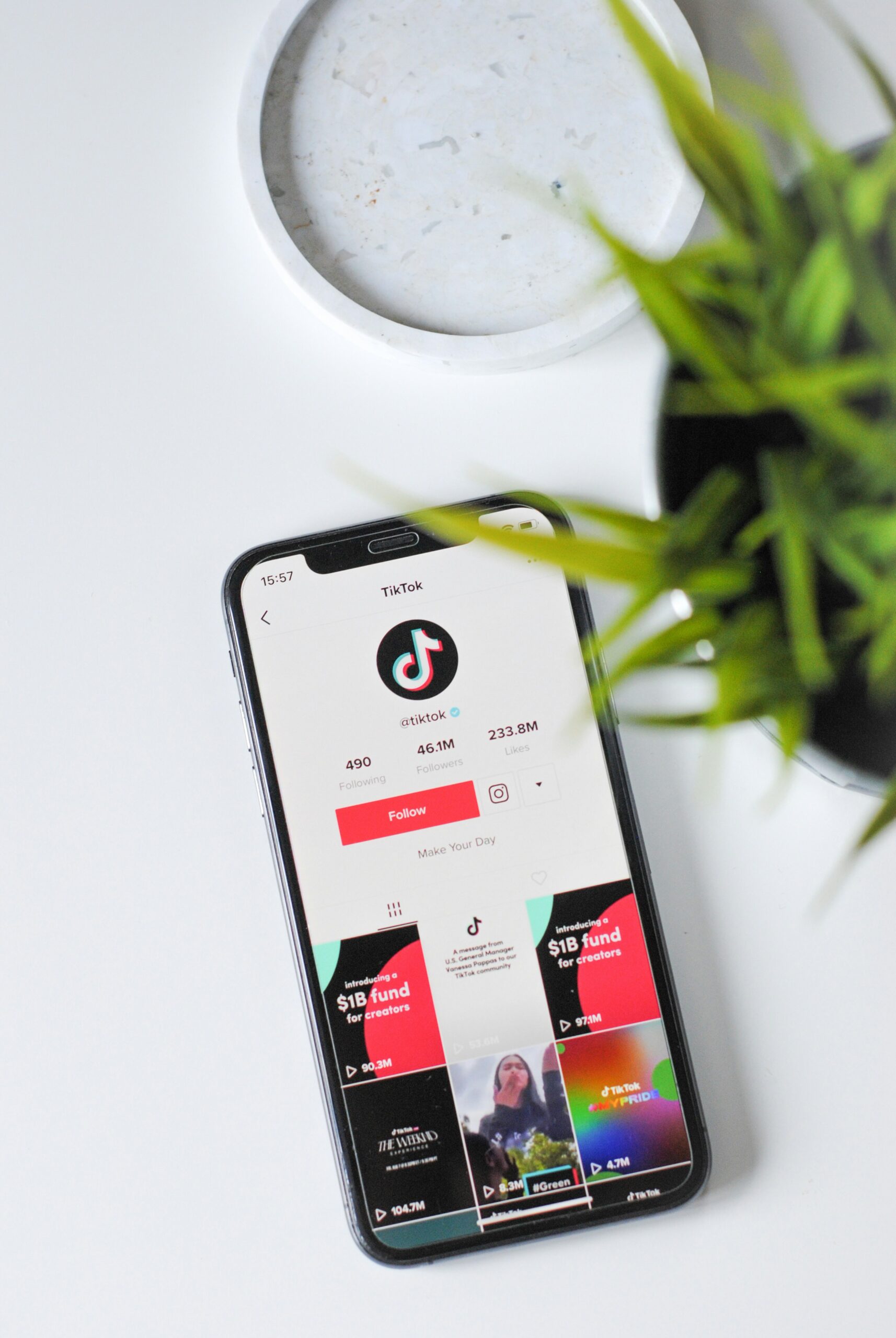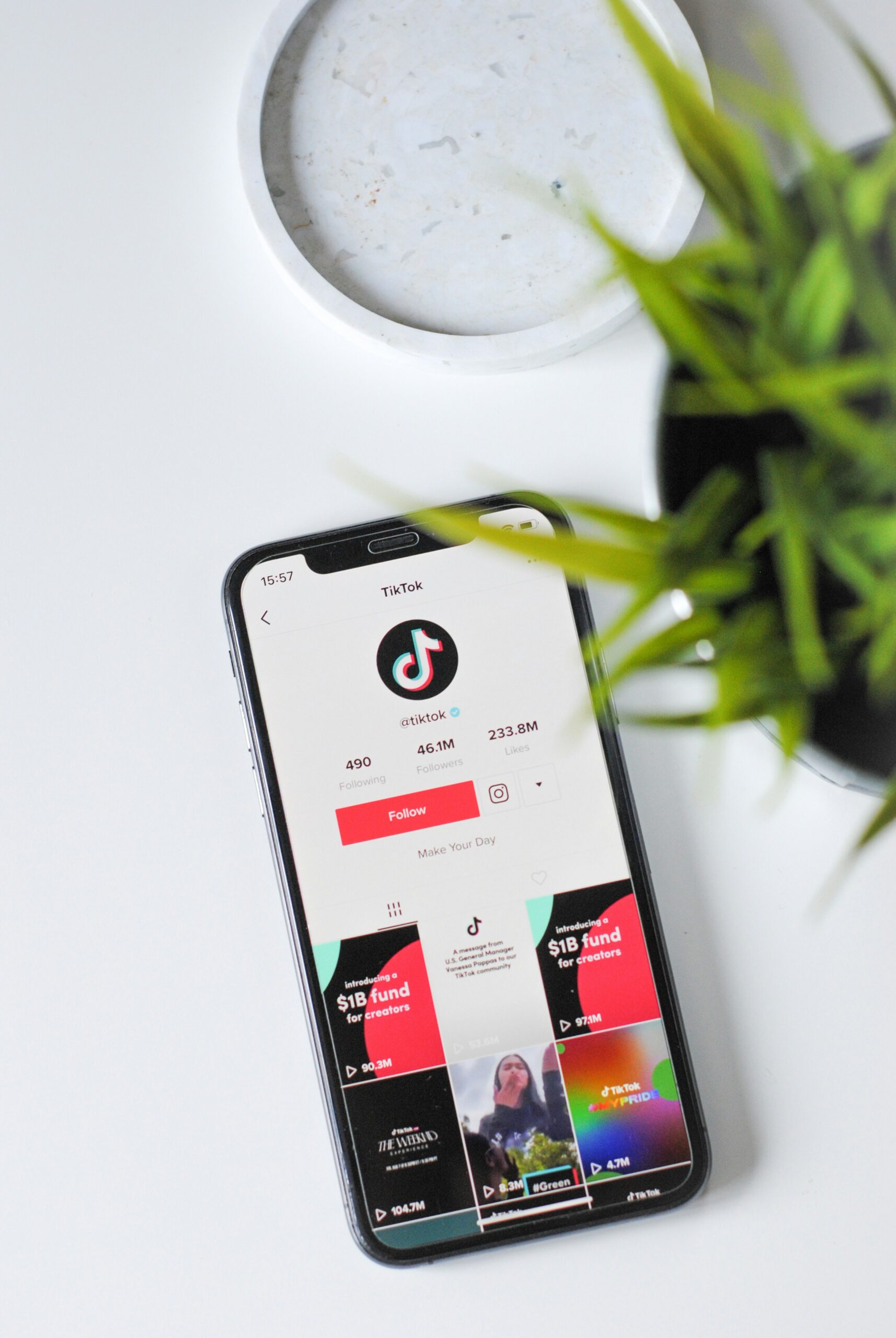
The Rise of Influencer Marketing in the Digital Age
In recent years, the marketing landscape has undergone a significant transformation. Traditional forms of advertising, such as television commercials and print ads, are no longer as effective in capturing the attention of consumers. With the advent of ad-blocking software and the rise of streaming services, people have more control over the content they consume and are increasingly tuning out traditional advertising methods.
This shift in consumer behavior has led businesses to seek out alternative ways to connect with their target audience. Enter influencer marketing. Influencers, often individuals with large followings on social media platforms, have the ability to sway the opinions and purchasing decisions of their followers. By partnering with influencers, brands can tap into their established trust and credibility, reaching a wider audience in a more authentic and engaging way.
One of the key reasons behind the growing popularity of influencer marketing is the rise of social media platforms. Platforms like Instagram, YouTube, and TikTok have become the go-to destinations for millions of users, providing a unique opportunity for brands to connect with their target audience. Influencers, who have built their following on these platforms, have a deep understanding of their audience and can create content that resonates with them.
Moreover, the rise of content creators has also contributed to the popularity of influencer marketing. Unlike traditional celebrities, influencers are relatable and accessible, making them more relatable to their followers. People are more likely to trust the recommendations and opinions of someone they perceive as a peer rather than a distant celebrity. This level of authenticity is what sets influencer marketing apart from other forms of advertising.
The impact of influencer marketing on the digital advertising industry cannot be overstated. According to a survey conducted by Mediakix, 89% of marketers believe that influencer marketing is effective in achieving their objectives. Additionally, the influencer marketing industry is projected to be worth $13.8 billion by 2021, a clear indication of its growing importance.
However, as influencer marketing continues to evolve, so do the challenges that come with it. Issues such as fake followers, lack of transparency, and oversaturation of sponsored content have raised concerns among both brands and consumers. As a result, influencer marketing strategies are constantly evolving to ensure authenticity and transparency.
In conclusion, influencer marketing has emerged as a powerful tool for businesses to connect with their target audience in the digital age. With the rise of social media platforms and the increasing popularity of content creators, influencers have become key players in the marketing landscape. As the industry continues to grow and evolve, it is crucial for brands to adapt their strategies to ensure authenticity and transparency, ultimately creating meaningful connections with their audience.
What is Influencer Marketing?
Influencer marketing is a form of marketing where brands collaborate with individuals who have a strong online presence and a dedicated following. These individuals, known as influencers, have the ability to sway the opinions and purchasing decisions of their followers due to their expertise, credibility, or popularity in a specific niche.
Unlike traditional forms of advertising, influencer marketing relies on the trust and authenticity that influencers have built with their audience. Instead of directly promoting a product or service, influencers create content that integrates the brand’s message in a more organic and relatable way.
In recent years, influencer marketing has gained significant traction as a highly effective strategy for brands to reach their target audience. With the rise of social media platforms, influencers now have the ability to connect with their followers on a more personal level, creating a sense of trust and loyalty that traditional advertising methods often struggle to achieve.
One of the key advantages of influencer marketing is its ability to tap into niche markets. Influencers often specialize in specific areas such as fashion, beauty, fitness, or travel, allowing brands to target their ideal audience with precision. By partnering with influencers who align with their brand values and target demographic, companies can leverage the influencer’s expertise and credibility to amplify their message and increase brand awareness.
Furthermore, influencer marketing offers a level of authenticity that resonates with consumers. Unlike traditional advertisements that can often feel forced or insincere, influencer-created content tends to be more genuine and relatable. Influencers are seen as trusted sources of information and recommendations, and their followers are more likely to engage with content that feels authentic and aligned with their own interests and values.
Another significant advantage of influencer marketing is its potential for exponential reach. When an influencer shares branded content, it has the potential to reach not only their immediate followers but also the followers of those who engage with the content. This ripple effect can significantly increase the reach and visibility of a brand’s message, allowing it to penetrate new markets and attract new customers.
However, it is important for brands to carefully select influencers to collaborate with. The influencer’s values, audience demographics, and engagement rates should align with the brand’s target market and objectives. Additionally, brands should ensure that the influencer’s content aligns with their brand image and messaging to maintain consistency and authenticity.
In conclusion, influencer marketing has emerged as a powerful tool for brands to connect with their target audience in a more authentic and engaging way. By leveraging the influence and credibility of individuals who have built a loyal following, brands can amplify their message, increase brand awareness, and ultimately drive sales. As the digital landscape continues to evolve, influencer marketing is likely to remain a key strategy for brands looking to stay relevant and connect with their audience.
5. Social Proof
Influencer marketing leverages the concept of social proof, which is the idea that people are more likely to take action if they see others doing the same. When an influencer promotes a product or service, their followers see it as a validation of its quality and value. This social proof can be incredibly powerful in influencing consumer behavior and driving sales.
6. Cost-Effective
Compared to traditional forms of advertising, influencer marketing can be a cost-effective strategy for brands. Instead of investing in expensive ad placements or sponsorships, brands can collaborate with influencers who have a dedicated following in their target market. This allows them to reach a highly engaged audience at a fraction of the cost.
7. Long-Term Relationships
Building long-term relationships with influencers can be beneficial for brands in several ways. Firstly, it allows for consistent and ongoing promotion of their products or services, ensuring a continuous presence in front of their target audience. Secondly, it enables brands to tap into the influencer’s creativity and insights, resulting in more impactful and authentic campaigns. Lastly, long-term partnerships can foster a sense of loyalty and advocacy, as influencers become genuine ambassadors for the brand.
8. Measurable Results
One of the advantages of influencer marketing is its ability to provide measurable results. With the help of tracking tools and analytics, brands can monitor the performance of their influencer campaigns in real-time. They can track metrics such as engagement, reach, conversions, and sales, allowing them to make data-driven decisions and optimize their marketing strategies accordingly.
Overall, influencer marketing has emerged as a powerful tool for brands to connect with their target audience, build trust, and drive meaningful engagement. By leveraging the influence and creativity of individuals who have established themselves as trusted authorities in their respective niches, brands can effectively reach and resonate with their target market in a way that traditional advertising methods often struggle to achieve.
5. Collaboration Opportunities
Social media platforms have opened up a world of collaboration opportunities for influencers. Through these platforms, influencers can connect with brands, other influencers, and industry professionals to create mutually beneficial partnerships. Collaborations can take many forms, such as sponsored posts, brand ambassadorships, and joint content creation.
6. Data and Analytics
Social media platforms provide influencers with valuable data and analytics that can help them understand their audience better. They can access insights such as demographics, engagement rates, and reach, allowing them to tailor their content and marketing strategies accordingly. This data-driven approach enables influencers to make informed decisions and optimize their campaigns for maximum impact.
7. Trend Identification
Social media platforms are a hub of trends and popular culture. Influencers can stay up to date with the latest trends, hashtags, and challenges, allowing them to create content that resonates with their audience. By aligning themselves with trending topics, influencers can increase their visibility and reach new audiences who are actively engaging with these trends.
8. Niche Communities
Social media platforms have given rise to niche communities where influencers can connect with like-minded individuals who share similar interests. These communities allow influencers to establish themselves as experts in their respective niches and build a loyal following of individuals who are genuinely interested in their content. By catering to these niche communities, influencers can create highly targeted and impactful marketing campaigns.
9. E-commerce Integration
Many social media platforms have integrated e-commerce features, allowing influencers to monetize their content directly. Influencers can now tag products in their posts, create shoppable posts, and even set up their online stores. This seamless integration of e-commerce and social media has transformed influencers into powerful sales drivers, enabling them to generate revenue through their content.
10. Global Reach
Social media platforms have eliminated geographical barriers, giving influencers the opportunity to reach a global audience. Influencers can connect with individuals from different countries, cultures, and backgrounds, expanding their reach beyond their local markets. This global reach not only increases their visibility but also opens up new possibilities for collaborations and brand partnerships on an international scale.
In conclusion, social media has revolutionized the influencer marketing landscape. It has provided influencers with a platform to showcase their content, connect with their audience, and shape their personal brand. With the power of social media, influencers have the potential to reach millions of people, build authentic relationships, and drive meaningful engagement. As social media continues to evolve, so too will the role of influencers in shaping consumer behavior and driving marketing strategies.
5. Rise of Virtual Influencers
With advancements in technology, virtual influencers are starting to make their mark in the influencer marketing industry. These computer-generated characters have the ability to engage with audiences, create content, and even collaborate with real-life influencers. Virtual influencers offer a unique and futuristic approach to influencer marketing, attracting brands that want to tap into the digital world and reach a tech-savvy audience.
6. Data-Driven Strategies
Data analytics and insights will play a crucial role in shaping the future of influencer marketing. Brands are increasingly relying on data to identify the right influencers for their campaigns, measure the impact of their collaborations, and optimize their strategies. With the help of AI-powered tools, brands can analyze audience demographics, engagement rates, and conversion rates to make informed decisions and achieve better results.
7. Authenticity and Diversity
Authenticity and diversity will continue to be key factors in successful influencer marketing campaigns. Audiences are becoming more discerning and are seeking genuine connections with influencers who align with their values. Brands that prioritize authenticity and diversity in their influencer partnerships will resonate with their target audience and build stronger brand loyalty.
8. Integration with E-commerce
The integration of influencer marketing with e-commerce platforms will become more seamless in the future. Influencers will have the ability to directly link their content to product pages, allowing their followers to make purchases with just a few clicks. This integration will provide a more streamlined and convenient shopping experience for consumers, while also driving sales for brands.
9. Global Expansion
Influencer marketing is no longer limited to specific regions or countries. As social media platforms continue to connect people from all over the world, brands are expanding their influencer marketing efforts globally. This global expansion allows brands to reach new markets and engage with diverse audiences, opening up new opportunities for growth and brand exposure.
10. Enhanced Collaboration Tools
With the increasing demand for influencer collaborations, there will be a rise in platforms and tools that facilitate these partnerships. These tools will streamline the process of finding, connecting, and managing influencer relationships, making it easier for brands to execute successful influencer marketing campaigns. From influencer discovery to campaign tracking, these collaboration tools will provide brands with the necessary resources to navigate the influencer landscape effectively.
In conclusion, the future of influencer marketing is bright and filled with exciting possibilities. From the rise of micro-influencers and virtual influencers to the integration with e-commerce and enhanced collaboration tools, the industry is evolving to meet the changing needs and preferences of both brands and audiences. By staying ahead of the trends and leveraging data-driven strategies, brands can continue to harness the power of influencer marketing to drive brand awareness, engagement, and ultimately, business growth.


